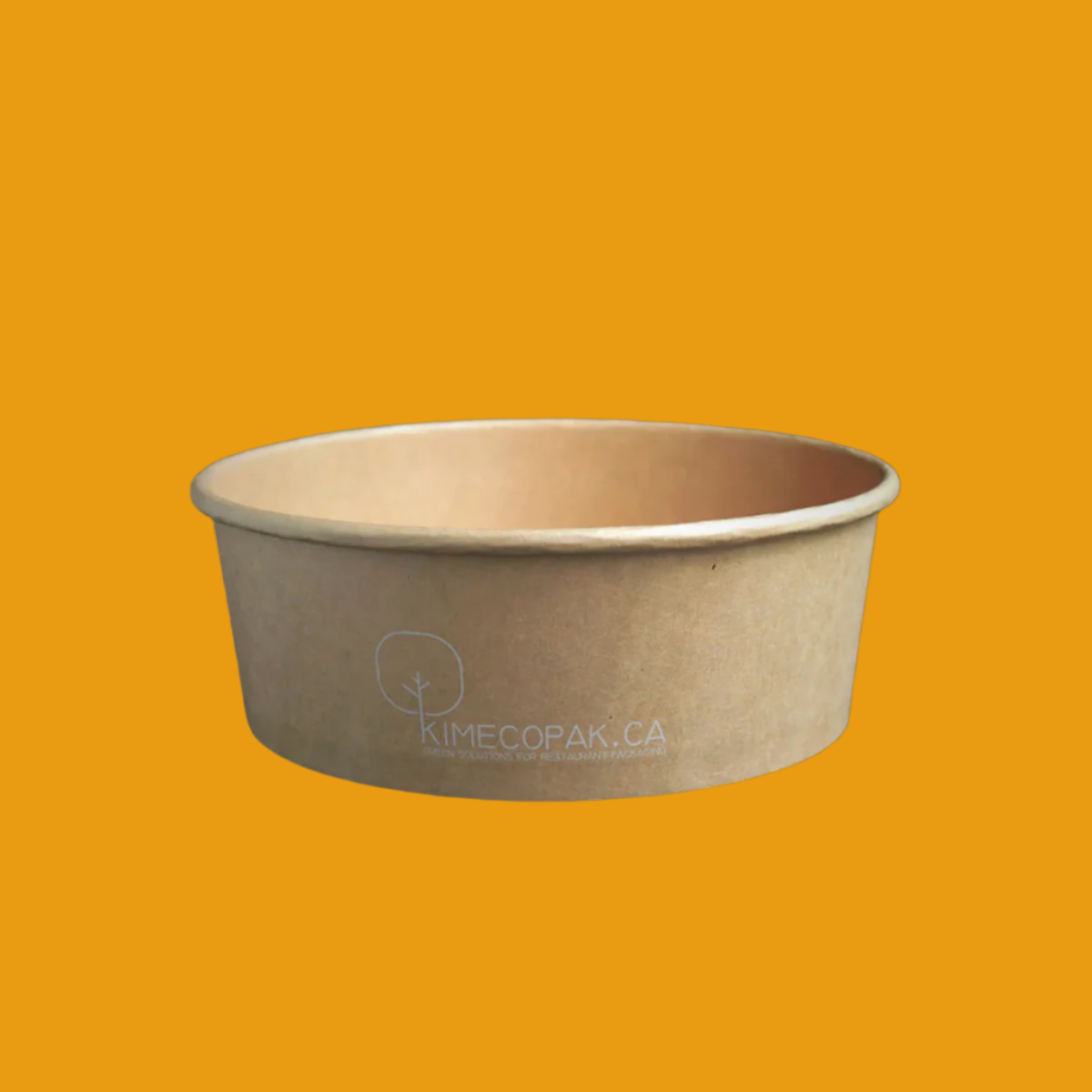How to Start a Retail Business in 2025 means embracing a hybrid model, combining physical stores with a strong online presence, while aligning with growing demand for sustainability. Success requires choosing the right niche, understanding your customers, building a solid business plan, securing licenses, designing an appealing eco-conscious store, and using smart inventory and marketing strategies that connect with today’s values-driven shoppers.
- How to Start a Bakery Business in Canada: Your Complete Step-by-Step Guide
- How To Open A Candy Store: A Step-by-Step Guide
- How to Open an Ice Cream Shop: Step by Step Guide for First Time Owners
How to Open a Retail Store in 2025 and Thrive

The retail landscape has undergone significant changes in recent years, particularly due to the pandemic. In 2025, retail businesses must adapt to a blended model that encompasses both online and offline strategies. Shoppers now expect seamless integration between on-site experiences and digital conveniences, creating a unique opportunity for new business owners.
Moreover, the rising trend toward eco-consciousness is reshaping consumer preferences in retail. Sustainable practices are no longer a niche; they are becoming essential for survival in this evolving market. Entrepreneurs looking to make their mark can benefit from this shift by embracing sustainable retail models that resonate with today's environmentally-aware shoppers.
If you’re wondering how to open a retail store, here’s a quick summary of the key steps you’ll need to take:
- Define your retail business idea.
- Create a comprehensive retail business plan.
- Understand the necessary licenses and permits.
- Set up your store with a strategic location, appealing design, and essential equipment.
Step 1: Define Your Retail Business Idea

Choose the right retail niche: fashion, F&B, cosmetics, home goods...
Identifying the right niche is crucial to your business's success. Consider areas like fashion, food and beverage (F&B), cosmetics, or home goods. Each niche comes with its demand, growth potential, and customer base.
For example, the fashion industry is vast but highly competitive, whereas the niche for sustainable home goods is growing rapidly as consumers look for eco-friendly options. By identifying a niche that aligns with your interests and market needs, you set a solid foundation for your retail venture.
Analyze current sustainable consumer trends
Sustainability is at the forefront of consumer decision-making. Shoppers are increasingly seeking products that align with their values, such as fair trade, eco-friendly packaging, and minimal waste. Investigating current trends will give you insights into what consumers are looking for. Look for product categories that spotlight sustainability, like zero-waste toiletries or ethically produced fashion.
Conduct market research and define your ideal customer
Understand the landscape you are entering by conducting thorough market research. Identify existing competitors, explore pricing strategies, and utilize surveys or focus groups to gather feedback from potential customers. Define your ideal customer by considering demographics, preferences, and shopping behaviors. This information will guide your business's marketing and product development strategies effectively.
Step 2: Create a Retail Business Plan

Draft financial plans and startup capital requirements
A solid financial plan is the backbone of any retail business. Estimate your startup costs, which may include rent, inventory, marketing, and staff salaries. Additionally, outline your projected revenue and expenses over the first few years. Being realistic and thorough in your financial forecasts will not only help you secure funding but also allow you to gauge the business's growth trajectory.
Define your business model and brand positioning
Decide on your business model—whether you will operate a brick-and-mortar store, an online store, or a combination of both. Your brand positioning should highlight what makes your store unique and appealing to customers. Tell your story and emphasize your commitment to sustainability if that is a core value of your business.
Include eco-friendly packaging and green practices in the plan
Consumers are increasingly drawn to businesses that prioritize the environment. As you draft your business plan, be sure to integrate eco-friendly practices such as using biodegradable packaging, sourcing locally, and reducing plastic use. These elements not only enhance your brand’s appeal but can also lead to cost savings over time.
In answering how do you start a retail store, these considerations will help lay a strong foundation for your business.
Step 3: What Licenses Do You Need to Open a Retail Store?

Business registration, environmental permits, and sanitation compliance
Registering your business may vary by location, but it usually requires selecting a business name and filing paperwork with local or state authorities. Additionally, if your products could have environmental impacts, securing the right permits is essential. For instance, you may need to demonstrate compliance with local sanitation standards if you sell food items.
Industry-specific licenses (especially for food, alcohol, or cosmetics)
Certain industries require specific licenses. If you’re opening a grocery or restaurant, you will need health permits and food safety certifications. Selling alcohol or cosmetics will also necessitate following regulatory guidelines and obtaining corresponding licenses.
Additional permits if operating a wine bar or beverage-focused outlet
For those opening a wine bar or similar establishments, state and local laws often require additional permits covering the sale of alcohol. Research your jurisdiction's guidelines to ensure compliance, avoiding potential legal issues down the road.
Step 4: Setup: Location, Store Design & Equipment

Choose a strategic location with target customer traffic
The location of your retail store significantly impacts foot traffic and your overall success. Analyze areas where your target customers frequently visit, taking into account proximity to public transportation, parking availability, and competitive presence. A well-placed store can attract customers who may not have considered visiting your business otherwise.
Design a modern, clean, and sustainable store layout
Your design should focus on providing an appealing shopping experience. A clean, organized store with intuitive layouts can enhance customer satisfaction. Incorporate sustainable materials into your design; for example, using reclaimed wood for fixtures can elevate your brand's eco-conscious image while appealing to customers.
Retail equipment list: POS system, receipt printer, display shelves, eco-packaging
Investing in the right equipment is vital. Your list may include a point of sale (POS) system for transactions, receipt printers, display shelves, and eco-friendly packaging. Ensure that your technology can integrate with online platforms, facilitating a seamless transition for customers shopping both in-store and online.
In terms of how much does it cost to open a small retail store, consider these equipment expenses alongside your location and design costs to form a complete budget.
Step 5: Sustainable Packaging & Inventory Setup

Why eco-friendly packaging builds brand loyalty
Today's consumers are more conscious about the environment than ever. When customers see retail businesses adopting sustainable practices, it fosters a sense of trust and loyalty. Eco-friendly packaging not only helps reduce waste but also positions your brand as responsible and caring. Many shoppers prefer to support brands that share their values, making sustainability a vital aspect of building lasting relationships.
Recent studies indicate that over 70% of consumers are willing to pay more for products that come in eco-friendly packaging. This trend suggests that prioritizing sustainable packaging can attract a loyal customer base eager to support brands committed to positive environmental impact.
How to choose the right green packaging supplier
Selecting the right supplier is crucial when it comes to eco-friendly packaging. Here are some steps to guide you:
- Research options: Investigate various suppliers who specialize in green packaging. Look for those offering biodegradable materials, recycled content, or reusable packaging solutions.
- Evaluate certifications: Ensure your supplier has the necessary certifications to validate their eco-friendly claims. Look for certifications such as FSC (Forest Stewardship Council) or Compostable certification.
- Cost vs. value: While sustainable options may initially seem more expensive, consider the long-term benefits, including customer loyalty and potential cost savings on waste management.
- Communicate your needs: Engage with potential suppliers to discuss your specific requirements and challenges, ensuring they can meet your expectations for quality and sustainability.
Inventory systems that reduce waste and optimize storage
Implementing an efficient inventory management system can significantly minimize waste and maximize storage space. Here are a few strategies:
- Just-In-Time (JIT) stocking: Adopt a JIT inventory strategy to reduce excess stock while ensuring availability. This approach helps minimize waste and storage costs.
- Inventory management software: Invest in reliable software that allows real-time tracking of inventory levels. Choose systems that can forecast sales trends, minimizing the risk of overstocking.
- Regular audits: Conduct routine audits to identify slow-moving or dead stock. By monitoring stock levels and turnover rates, you can optimize your inventory and make informed purchasing decisions.
Step 6: Build Your Marketing Strategy

Multichannel marketing: online + offline synergy
A successful retail marketing strategy combines online and offline tactics. This integrated approach ensures you're maximizing your reach and engaging customers across various channels effectively.
- Social media campaigns: Use platforms like Instagram and Facebook to share your products, brand story, and sustainable efforts, fostering a community around your brand.
- In-store events: Organize local events, workshops, or promotions that attract customers within your community while enhancing your online presence through social media exposure.
- Email marketing: Build a mailing list for consistent communication with your audience, providing them with updates, promotions, and valuable content while driving traffic both online and offline.
Leverage brand storytelling and sustainable lifestyle appeal
Every successful brand has a story. Sharing yours can connect you with customers on a deeper level. Position your brand as a solution for shoppers looking for sustainable lifestyle choices.
- Authentic messaging: Communicate your mission and impact through clear and genuine storytelling, showcasing how your products contribute positively to the environment.
- Customer testimonials: Highlight reviews and testimonials that emphasize satisfaction with both product quality and sustainability efforts, reinforcing your brand's credibility.
Test grand opening campaigns and local SEO techniques
Planning an effective launch is crucial for your retail business's success. Testing various promotional campaigns can fine-tune your approach.
- Pre-opening buzz: Create anticipation through teaser campaigns, countdowns, and sneak peeks on social media.
- Local SEO strategies: Focus on optimizing your website with local keywords, ensuring your business appears in relevant searches. Registering with Google My Business can further enhance your online visibility.
- Gathering feedback: Monitor the effectiveness and reception of your marketing strategies, adjusting them to ensure you resonate with your audience better.
Step 7: Launch and Learn

Start with a soft opening for real-time feedback
A soft opening allows you to fine-tune operations before a grand launch. Invite a limited number of customers to experience your store and provide valuable feedback.
- Focus on customer experience: Use this time to assess your customer service, product placement, and overall shopping experience.
- Collect insights: Encourage visitors to share their thoughts, identifying any operational areas needing improvement.
Collect customer insights and reviews
Customer feedback post-launch is invaluable. It provides insights into what’s working and what needs refinement.
- Utilize surveys: Implement quick surveys, both online and in-store, to gather opinions on product offerings, packaging, and service.
- Encourage online reviews: Create incentives for customers to leave testimonials and reviews, increasing social proof and engagement.
Refine your products, packaging, and operations
Based on the insights collected, make informed adjustments to your business.
- Iterate on offerings: Adjust your product range based on customer preferences and feedback.
- Enhance packaging: Continually seek improvements in your packaging to meet sustainability goals, ensuring it resonates with your customers.
- Streamline operations: Regularly assess processes for efficiency and effectiveness, facilitating a seamless customer experience.
Is It Profitable to Open a Retail Store?

Key factors that affect retail profitability include location, product selection, and operational costs. Conducting thorough market research can identify the best position for your store, ensuring that it draws the right customers.
Average profit margins vary by industry:
- Fashion: 5-13%
- Food & Beverage: 3-15%
- Beverage: 5-20%
- Cosmetics: 10-30%
Boosting profit is achievable through reusable packaging and loyalty programs. Implementing these strategies can enhance customer retention, leading to sustainable profitability.
Downloadable Retail Business Startup Checklist

Embarking on a retail venture can be overwhelming. To simplify this process, we've created a comprehensive checklist covering every essential element from ideation to grand opening:
- Licensing requirements: Ensure you’re complying with local regulations.
- Packaging options: Evaluate your sustainable packaging choices.
- Equipment lists: Determine necessary tools for operations.
- Marketing strategies: Outline your promotional plans.
- Supplier sourcing: Identify vendors for products and materials.
Conclusion
Recapping the seven essential steps to launch your retail store, it’s obvious that sustainable practices are not only beneficial for the planet but also for your business’s success. Embracing sustainability will shape the future of retail, attracting conscious consumers eager to support brands that align with their values.









